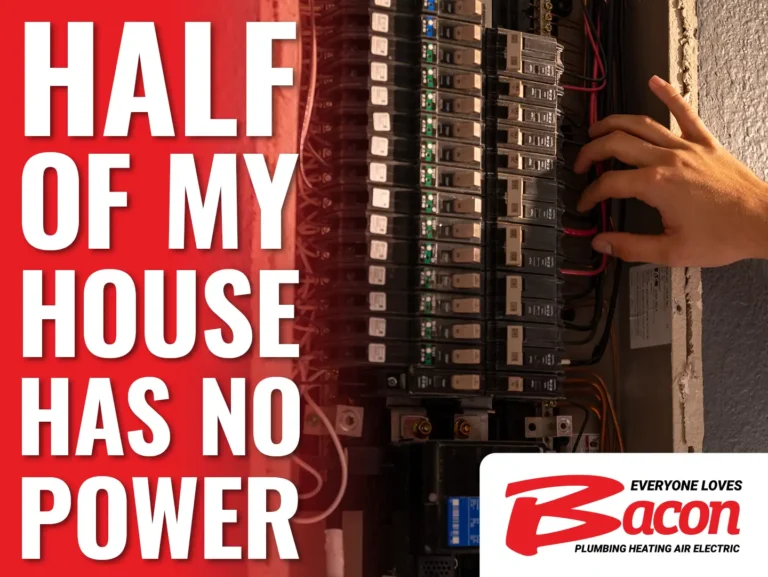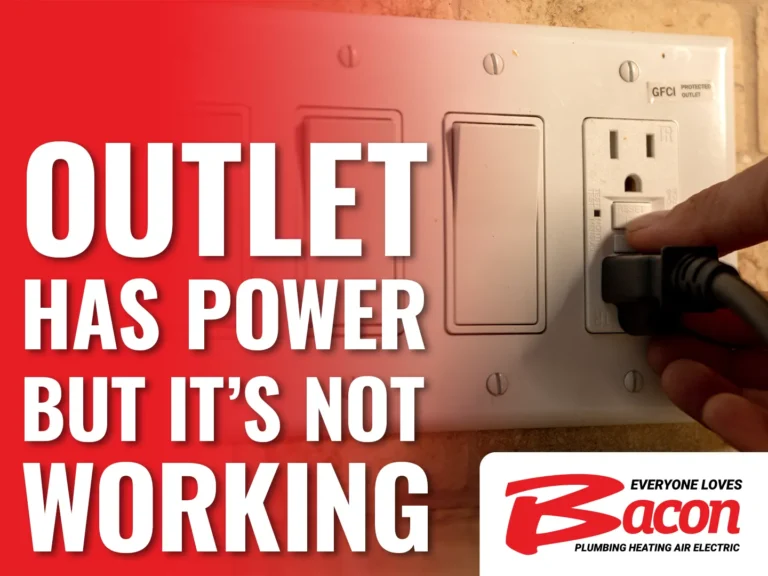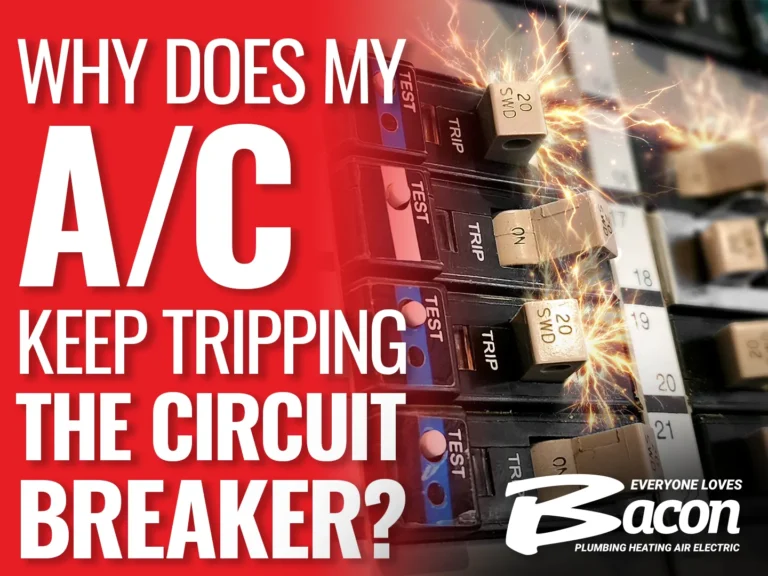It’s a trademark issue for homeowners, whether first-time or a long-time. A tripped circuit breaker could be a minor problem, or it could indicate that a more significant issue is hiding behind your walls. If it’s starting to become a habit in your family that you flip your breaker every time you try to use your toaster, it’s time for a full reset.
We’ll walk you through how to safely reset a tripped circuit breaker and when you need to contact the pros. Electrical safety is of the utmost importance, so we advise that you take extreme caution when dealing with your circuits and electrical panel.
Common Causes of Tripped Breakers
When your circuit is overloaded or shorted, the safety mechanism, the breaker, trips. This could happen due to a hot wire coming into contact with a neutral or ground wire behind an outlet you’re using. On the other hand, any of the following can cause your breaker to trip:
High-energy using appliances
Poor electrical connections
Intense storms
Older electrical panel with worn-out breakers
Excessive appliance use
Your safety mechanism prevents the overload from wreaking havoc on your internal wiring, keeping electrical fires at bay. The breaker must be there to cut off the flow of electricity to the affected area, but if you’re experiencing multiple trips a day, call a certified electrician immediately.
Safely Resetting a Breaker
When your breaker flips, you might be able to hear the loud “click” as the on/off switch in your panel automatically flips. Otherwise, you’ll likely notice the outlet isn’t powering your appliance. If this happens, follow these steps:
Disconnect all electrical connections.
For the circuit to safely reset, it is highly recommended that you turn off any lights, unplug any appliances, and avoid using the circuit that has been overloaded until you reset it.
Locate your breaker box.
It will most likely be in your garage, basement, or near the central part of your home, like a laundry room. If there’s water anywhere around the box, do not approach it. A short circuit around water can be highly volatile and cause you significant harm. Once it’s all clear, open the box but be careful not to touch any wiring.
Look for the tripped switch.
Most breakers are labeled, but without even knowing which switch leads to which area of your home, you can easily see the switch that has flipped. All others will be aligned in the “on” position. A red or orange marker might also indicate the tripped breaker.
Flip the breaker that’s in the “off” position.
Once you’ve located your tripped breaker, it’s as easy as flipping a switch—almost. Some breakers need to be pushed all the way toward the “off” position to be turned back on. Then, your circuit will be active again, and you can go back to making toast or charging your laptop.
If you still have problems with the breaker tripping after a short period of use, call Bacon for backup. Electrical issues are not to be messed with, and we can have your home’s electricity in peak condition when we’re through.



